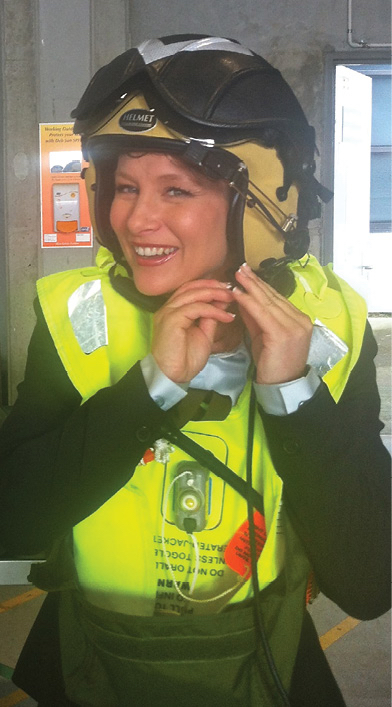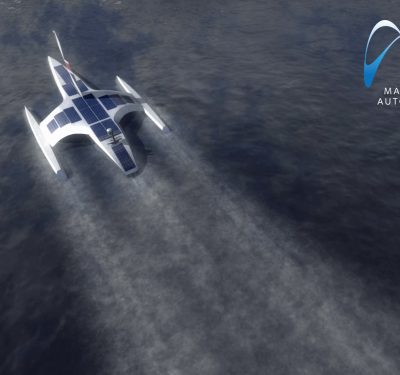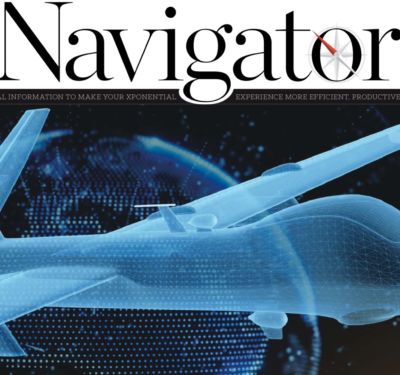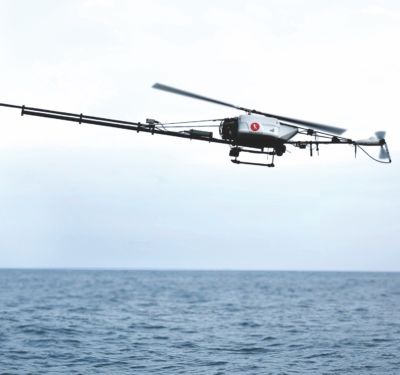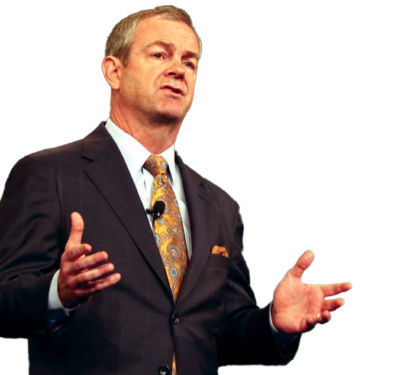A new program to provide verifiable certifications of different levels of pilot training promises to raise the safety level and airmanship of the unmanned community and help weed out those who are not following safety rules by raising customer awareness and expectations.
Set to launch this summer under the auspices of AUVSI, the Trusted Operator Program, or TOP, aims to develop and implement consistent training requirements that support three levels of professional certification that potential clients can verify.
The level of certification a pilot should work toward, or a client should seek, is determined by the complexity and risk of the flights to be performed. That, in turn is determined by the environment in which the unmanned aircraft system (UAS) is operating, the size and mass of the drone and whether there are people, animals or expensive equipment/infrastructure on the ground or nearby. Other considerations might include whether there’s a potential for spectrum interference, whether protected areas like dams or airports are close by or if the UAS is operating offshore or beyond visual line of sight (BVLOS).
Testing 1, 2, 3
A Level 1 certification would likely be fine, for example, for someone doing a daytime aerial survey with a small drone over unoccupied wheat fields in the middle of Oklahoma as the risk in a case like that is quite low, said Tracy Lamb, AUVSI’s new vice president of regulatory and safety affairs and the chief pilot of its Remote Pilots Council.
“For a Level 1 Certification pilots need to go through a vetting process and show they’ve been trained and are competent in basic best practices for operating unmanned aircraft,” Lamb said. “They need more than just their certificate that says they have a Part 107. They need to show that they’ve been trained in safety and they have a safety system in place and they are using it.”
Level 2 Certification is a bit more intense and goes more deeply into an individual’s training for aeronautical decision-making and crew resource management. First aid training is also a requirement, she said.
Level 3 Certification is the kind needed for inspecting offshore oilrigs, Lamb said. It involves “a full, intense examination of the operator’s training—where they were trained, what subjects that they were trained in.” It will also include what amounts to a ‘driving test’, that is a demonstration of flight skills.
The certification manual that lays all this out is under development and will be announced at AUVSI’s Xponential conference, which starts April 30 in Denver. Certification classes are already set to begin in July.
By the Book
There are 116 volunteers from 47 organizations contributing via a steering committee to the material in the manual that will become the TOP program.
“We had training organizations, universities, fantastic certification bodies, individual operators, law enforcement and public safety operators come together in the Trusted Operators Program to actually build a whole set of unified, aggregated guidelines and protocols for best practice, airmanship, codes of conduct and safety behaviors,” Lamb said.
The manual will be updated every 24 months to reflect new requirements and the latest best practices. And don’t expect to find out-of-date textbooks—adherence to the current curriculum will be verified.
“We actually have certification bodies who specialize in aviation audits and aviation compliance,” said Lamb.
The certification organizations will go out and audit the training providers to ensure they are delivering training and proficiency testing—and, when needed, those ‘drivers tests’—to meet requirements in the certification manual. That is just one step in a multi-layered verification process.
“Now the question could be how do you know that the certification bodies are certifying the schools?” Lamb said. “They’re not just going out and putting a tick in the box?” The answer: the auditing bodies will also be audited.
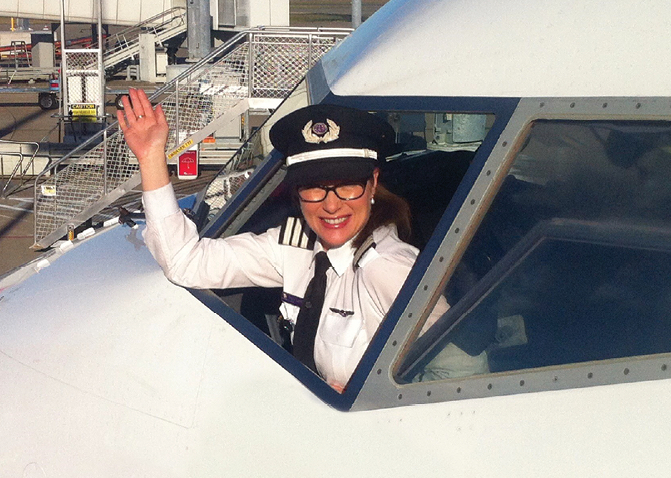
A Positive Advantage
A verified certification program has the potential to help legal operators work around what is now one of the trickier elements of operating a UAS business—dealing with those who are operating illegally or unsafely.
It is common knowledge that there are rogue operators who don’t register, ignore restrictions like those against flights over people and forgo the wait to get waivers and airspace authorizations from the Federal Aviation Administration (FAA)—all to the detriment of firms that follow the rules.
“How does the FAA intend to enforce 107 so that we can continue—so we can be legitimate without being delegitimized by folks that are not operating legally?” asked Madison Dixon, an aerial photographer, GIS analyst and the UAS Coordinator for Mississippi State University. Dixon spoke during a Remote Pilot’s Council meeting in May 2017 in Dallas.
“We’ve got to as a community—we’ve got to try and bring peer pressure to bear,” responded Brian Wynne, the president and CEO of AUVSI. It was the feedback during a number of such Council meetings that actually inspired AUVSI to create the TOP program, Wynne said later about the program.
The FAA has asked the community to report those who are not following the rules to police. Such reporting, however, ignores the potential for blowback in what is still a relatively small industry. One pilot who spoke to Navigator on background said he had been pressured by a potential customer not to report a rogue UAS operator the customer had hired. The person buying the services went so far as to threaten to undermine the law-abiding pilot’s business across the city if he took action.
Though it was not possible to verify that particular story, firms offering unmanned flight services have been keenly aware for years that they are losing out.
“I know that some of you have lost business because somebody went in and flew—didn’t care about getting an airspace authorization,” Wynne told those in the meeting. There are always going to be people flying when they shouldn’t be, he said, “They can get by with it right up to the point where they don’t get by with it. And the unfortunate part is that we all pay that price.”
The certification program can help, he suggested, by creating that peer and by giving potential clients a way to make more informed choices.
“Increasingly, I think, what we’re going to find is that the end-user communities are going to come to us and say: ‘What can you do to help us test the veracity of what this pilot is saying,” Wynne said. “This pilot is holding out services to me—and he’s saying I don’t need this, I don’t need that—or I’m trained to a particular level. It’s a piece of paper and I have no idea what that means.”
Trust but Verify
The TOP program can help customers determine if a certification is worth something, Lamb said. The public soon will be able to check if a pilot is certified at the level they claim on AUVSI’s public website.
“We will have a dedicated page on our Trusted Operator page where potential customers and end users will be able to go,” Lamb said. “They’ll be able to log into the Trusted Operator Program and see the directory of not only the Trusted Operator Pilots but the TOP Operator training schools and also the TOP Operator certification bodies.
Though it may take time for the TOP program to work its way into common usage among clients, there are likely to be some immediate benefits. Insurance rates may ease for TOP pilots—and their customers. The program will be in place in time to become a factor in the community feedback expected to come out of the Integration Pilot Program.
In the longer run, once the TOP training elements become an industry ‘norm,’ it may increase the efficiency of getting approvals and waivers, said Lamb.
A key reason AUVSI launched TOP now, however, is that the industry is at a point where customer trust is vital. “We’re clearly at that stage now,” said Wynne, “a year, almost a year and a half—into Part 107 where we’ve got more and more people coming into the marketplace and they have a very good sense of what their customers are looking for. We have some people who are out there that are doing training already, doing fantastic training programs, that all agree that elements of these need to be at least in parallel with one another. And that’s really all we’re trying to do here. “If I’m an operator and I hold out that I’m a TOP performer or a TOP member then (the client will) be able to go back and test the veracity of that and say: “Well, that’s what that means—and I can trust that operator and I can hire that person to fly.”


